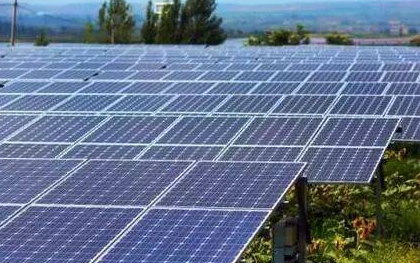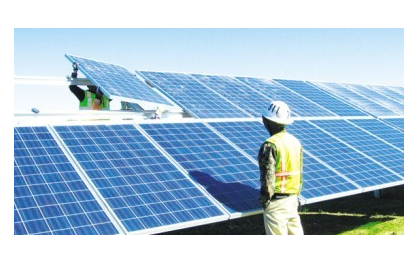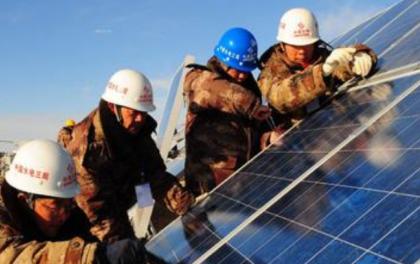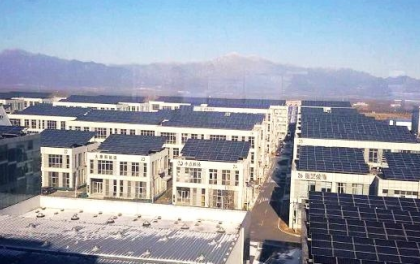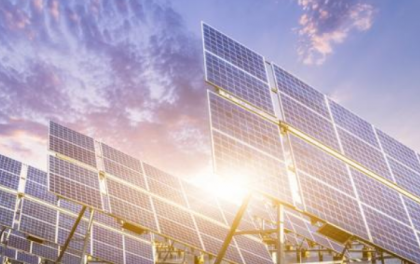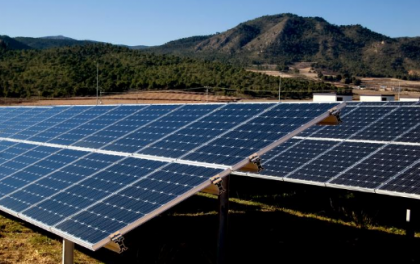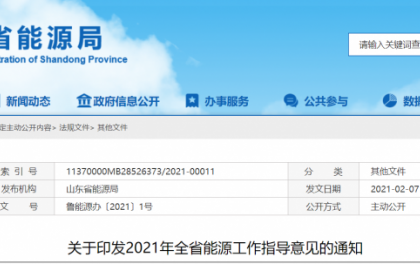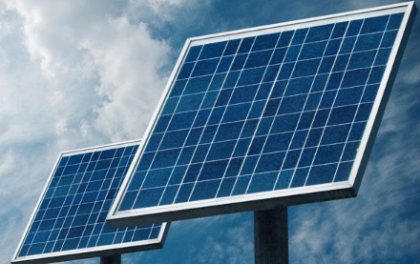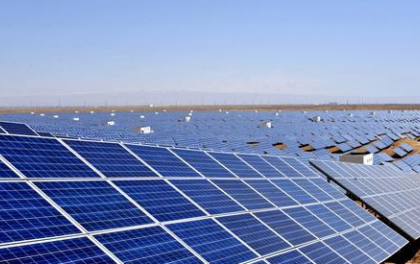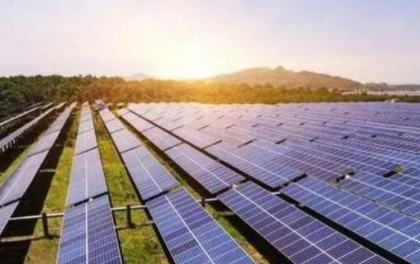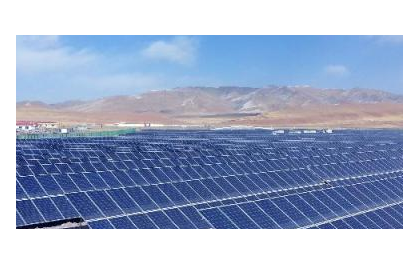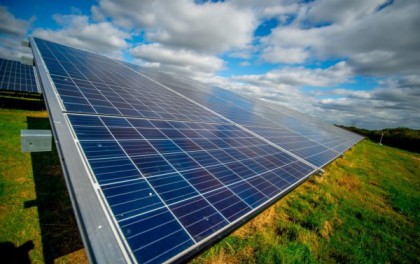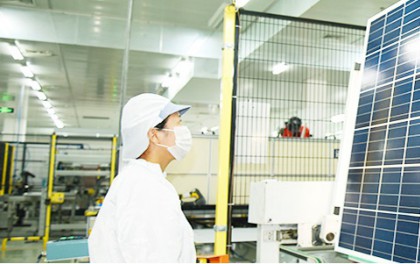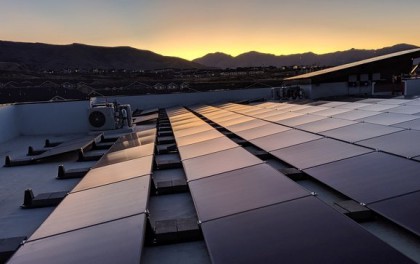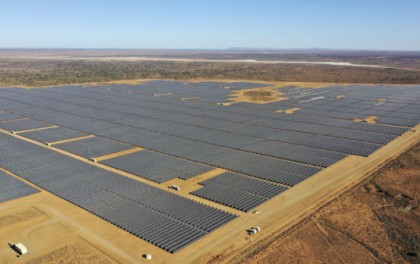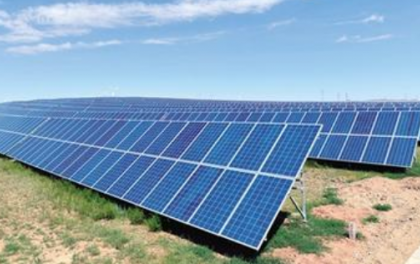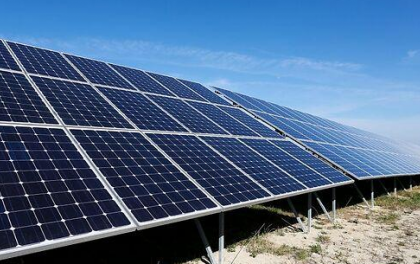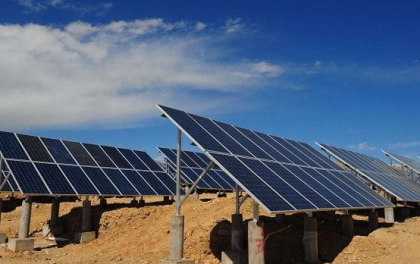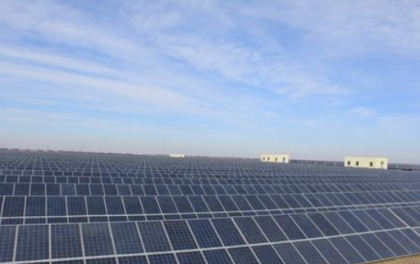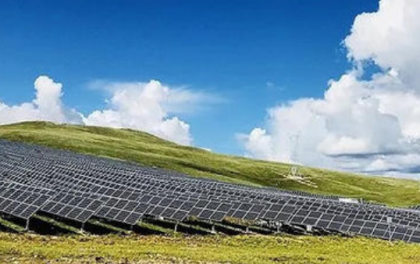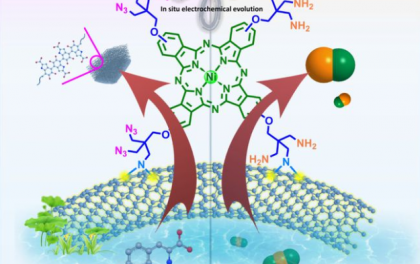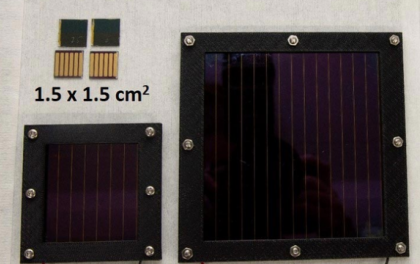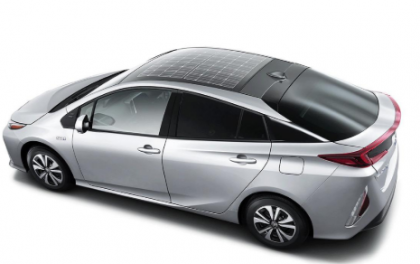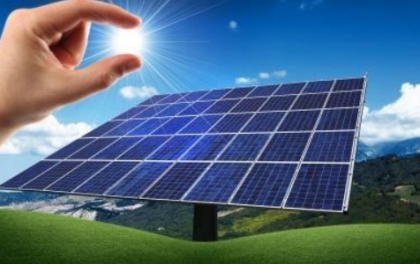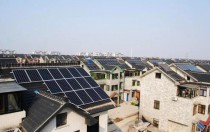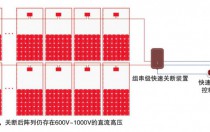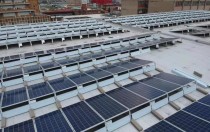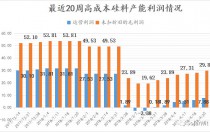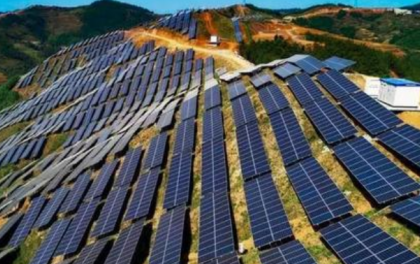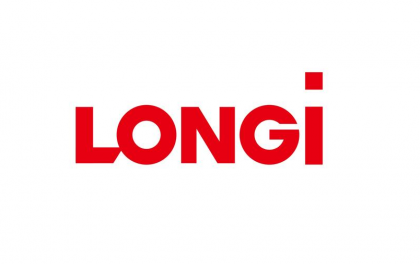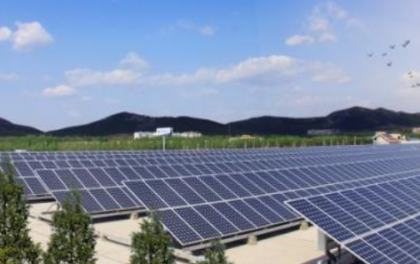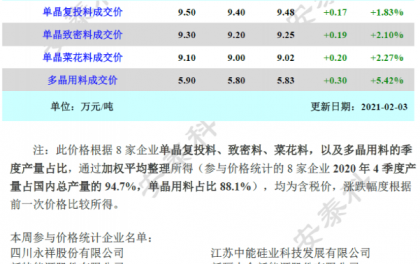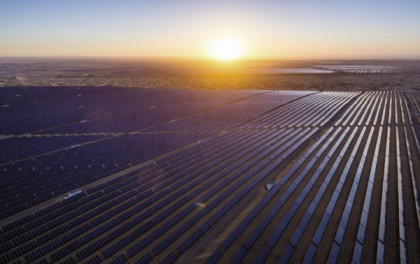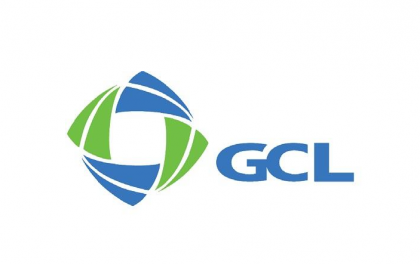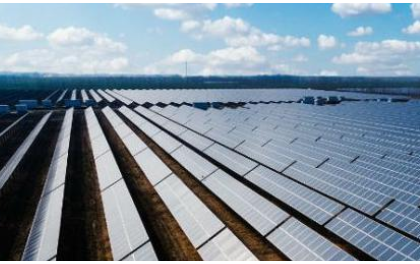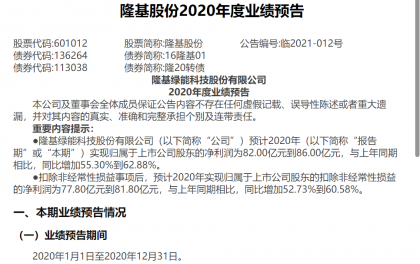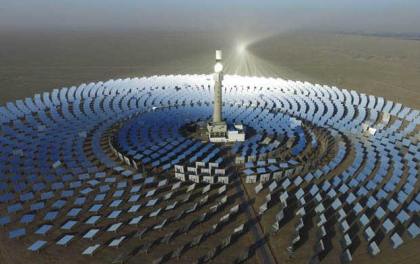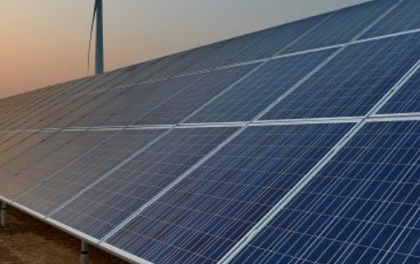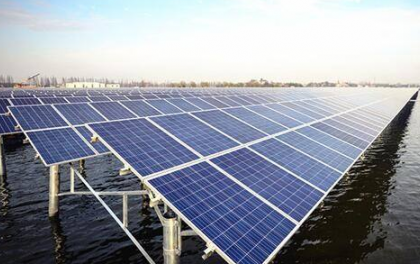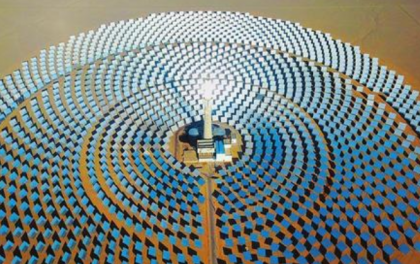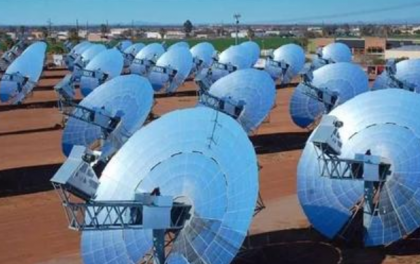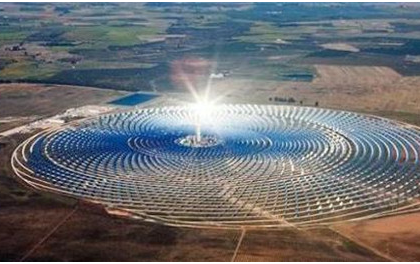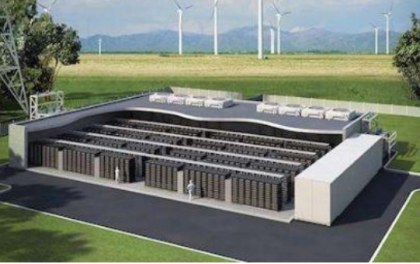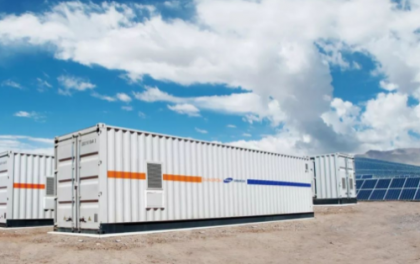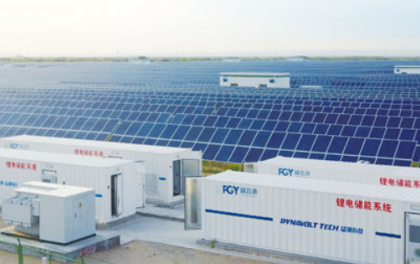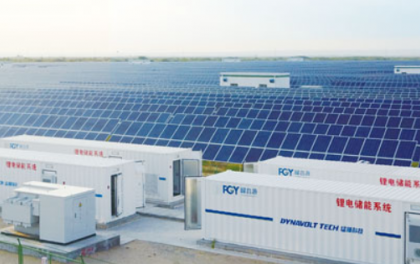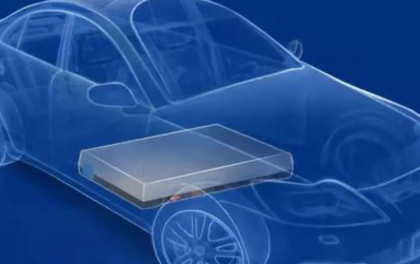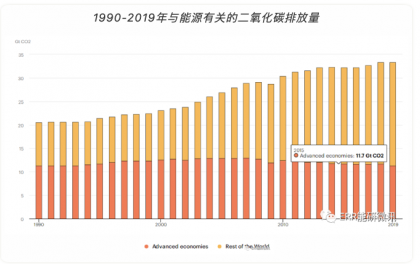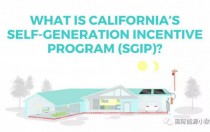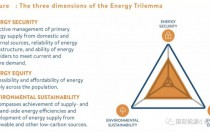If you live in a community in which a homeowners association requires approval for a solar system, you or your PV provider may need to submit your plans. Gain approval from your home- owners association before you begin installing your PV system. Under the law in some states, you have the right to install a solar system on your home.
Most likely, you will need to obtain permits from your city or county build- ing department. You will probably need a building permit, an electrical permit, or both before installing a PV system. Typically, your PV provider will take care of this, rolling the price of the per- mits into the overall system price. How- ever, in some cases, your PV provider may not know how much time or money will be involved in “pulling” a permit.
If so, this task may be priced on a time- and-materials basis, particularly if addi- tional drawings or calculations must be provided to the permitting agency. In any case, make sure the permitting costs and responsibilities are addressed at the start with your PV provider.
Code requirements for PV systems vary somewhat from one jurisdiction to the next, but most requirements are based on the National Electrical Code
(NEC). The NEC has a special section, Article 690, that carefully spells out requirements for designing and instal- ling safe, reliable, code-compliant PV systems. Because most local require- ments are based on the NEC, your building inspector is likely to rely on Article 690 for guidance in determining whether your PV system has been prop- erly designed and installed. If you are among the first people in your commu-
nity to install a grid-connected PV sys- tem, your local building department may not have approved one of these systems. If this is the case, you and your PV provider can speed the process by working closely and cooperatively with your local building officials to help educate them about the technol- ogy and its characteristics.
What about insurance?
Your electric utility will require you to enter into an interconnection agree- ment, described more fully in the next section. Usually, these agreements set forth minimum insurance requirements that you must keep in force. If you are buying a PV system for your home, your standard homeowner’s insurance policy is usually adequate to meet the utility’s requirements. However, if insurance coverage becomes an issue, contact one of the groups under Getting Help at the end of this booklet.
How do I get an interconnection agreement?
Connecting your PV system to the utility grid will require you to enter into an interconnection agreement and a purchase and sale agreement. Federal law and perhaps your state’s public utility commission regulations require utilities to supply you with an intercon- nection agreement. Some utilities have developed simplified, standardized interconnection agreements for small- scale PV systems.
The interconnection agreement speci- fies the terms and conditions under which your system will be connected to the utility grid. These will include your obligation to obtain permits and insur- ance, maintain the system in good working order, and operate it safely. The purchase and sale agreement specifies the metering arrangements, the payment for any excess generation, and any other related issues.
The language in these contracts should be simple, straightforward, and easy to understand. If you are unclear about your obligations under these agreements, you should contact the util- ity or your electrical service provider
for clarification. If your questions are not adequately addressed, contact one of the groups under Getting Help at the end of this booklet.
National standards for utility inter- connection of PV systems are quickly being adopted by many local utilities. The most important of these standards focuses on inverters. Traditionally, inverters simply converted the DC elec- tricity generated by PV modules into
the AC electricity used in our homes. More recently, inverters have evolved into remarkably sophisticated devices to manage and condition power. Many new inverters contain all the protective relays, disconnects, and other compo- nents necessary to meet the most strin- gent national standards. Two of these standards are particularly relevant:
• Institute of Electrical and Electronic Engineers, P929: Recommended Practice for Utility Interface of Photovoltaic Systems. Institute of Electrical and Electronic Engineers, Inc., New York, NY (1998).
• Underwriters Laboratories, UL Subject 1741: Standard for Static Inverters and Charge Controllers for Use in Photovoltaic Power Systems (First Edition). Underwriters Laboratories, Inc., Northbrook, IL (December 1997).
You don’t need to fully understand these standards, but your PV provider and utility should. It is your obligation to ensure that your PV provider uses equipment that complies with the rele- vant standards, so be sure to discuss this issue.
How do I get a net-metering agreement?
Some utilities offer customers with PV systems the option to “net meter” the excess power generated by the PV system. This means that when the PV system generates more power than the household can use, the utility pays the full retail price for this power in an even swap as the electric meter spins backward.
Net metering allows eligible cus- tomers with PV systems to connect to the grid with their existing single meter. Almost all standard utility meters are able to measure the flow of energy in either direction. The meter spins for- ward when electricity is flowing from the utility into the building and spins backward when power is flowing from the building to the utility. For example, in one utility program, customers are billed monthly for the “net” energy consumed. If the customer’s net con- sumption is negative in any month
(i.e., the PV system produces more energy than the customer uses), the balance is credited to subsequent months. Once a year, on the anniversary of the effective date of the interconnec- tion agreement, the utility will pay the customer for any negative balance at its wholesale or “avoided cost” for energy, which may be quite small, perhaps less than 2 cents per kilowatt-hour.
Net metering allows customers to get more value from the energy they gener- ate. It also simplifies both the metering. process (by eliminating the need for a second meter) and the accounting process (by eliminating the need for monthly payments from your utility). Be sure to ask your utility about its policy regarding net metering.
Under the federal Public Utility Regu- latory Policies Act (PURPA), utilities must allow you to interconnect your
PV system, and they must also buy any excess electricity you generate (beyond what you use in your home or business). If your utility does not offer net meter- ing, it will probably require you to use two meters: one to measure the flow of electricity into the building, the other
to measure the flow of electricity out of the building. If net metering is not avail- able, the utility will only pay you a wholesale rate for your excess electric- ity. In this case, you will have a strong incentive to use all the electricity you generate so that it offsets electricity
you would otherwise have to purchase at the retail rate. This may be a factor in how you optimize your system size, because you may want to limit the excess electricity you generate. This “dual metering” arrangement is the norm for industrial customers who generate their own power.
What about utility and inspection sign-off?
After your new PV system is installed, it must be inspected and “signed off” by the local permitting agency (usually a building or electrical inspector) and most likely by the electric utility with which you entered into an interconnec- tion agreement. Inspectors may possi- bly require your PV provider to make corrections, but don’t be alarmed—this is fairlycommon in the construction business. A copy of the building permit
showing final inspection sign-off may be required to qualify for a solar rebate program.
What about warranties?
Warranties are key to ensuring that your PV system will be repaired if something should malfunction during the warranty period. PV systems eligible for some solar rebate programs must carry a full (not “limited”) two-year warranty, in addition to any manufac- turers’ warranties on specific compo- nents. This warranty should cover all parts and labor, including the cost of removing any defective component, shipping it to the manufacturer, and reinstalling the component after it is repaired or replaced. The rebate pro- gram’s two-year warranty requirement supercedes any other warranty limita- tions. In other words, even if the manu- facturer’s own warranty on a particular component is less than two years, the system vendor must still provide you with a two-year warranty. Similarly, even if the manufacturer’s warranty is
a limited warranty that does not include the cost of removing, shipping, and reinstalling defective components, the system vendor must cover these costs
if the retailer also installed the system. Be sure you know who is responsible
for honoring the various warranties asso-
ciated with your system—the installer, the dealer, or the manufacturer. The vendor should disclose the warranty responsibility of each party. Know the financial arrangements, such as contrac- tor's bonds, that assure the warranty will be honored. Remember, a warranty does not guarantee that the company will remain in business. Get a clear under- standing of whom you should contact
if there is a problem. Under some solar rebate programs, vendors must provide documentation that specifies information on system and component warranty coverage and claims procedures. To avoid any later misunderstandings, be sure to read the warranty carefully and review the terms and conditions with your retailer.
To get more information on solar electric systems, please contact
National Association of State Energy Officials (NASEO)
1414 Prince Street
Suite 200
Alexandria, Virginia 22314
Phone: (703) 299-8800
Fax: (703) 299-6208
http://www.naseo.org/Members/statewebs.htm
Check the above Web site to find the contact for your state energy office, which typically promotes the development and use of renewable-energy resources in your state. They may offer technical assistance, sponsor workshops and forums, and provide general information to resident energy consumers on renewable- energy resources and applications.
National Association of Regulatory Utility Commissioners (NARUC)
1100 Pennsylvania Avenue NW Suite 603
P. O. Box 684
Washington, D.C. 20044-0684
Phone: (202) 898-2200
Fax: (202) 898-2213
http://www.naruc.org
The above Web site has a listing of state Public Utility Commissions that you may contact.
Solar Energy Industries Association (SEIA)
122 C Street, NW
4th Floor
Washington, DC 20001-2109
Fax: (202) 363-2670
http://www.seia.org
The Solar Energy Industries Association is the national trade association of the solar industry. Many states have a state chapter of the national SEIA organization, which can be checked on the above Web site.
Other Web Sites to Check
www.nrel.gov/ncpv National Center for Photovoltaics www.eren.doe.gov/millionroofs Million Solar Roofs
www-solar.mck.ncsu.edu/dsire.htm Database of State Incentives for Renewable
Energy (DSIRE)
Printed with a renewable-source ink on paper containing at least 50% wastepaper, including 20% postconsumer waste
- 推荐
- 政策
- 市场
- 企业
- 产业
- 技术
- 专栏
- 招标
- 更多
- 行情
- 财经
- 展会
- 光热
- 储能
- 碳交易
- 能源互联网电改
-
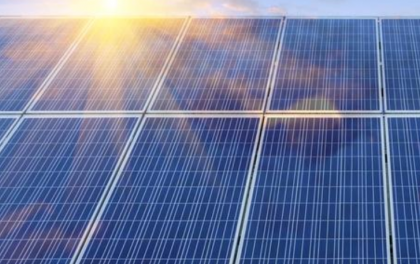
- Intersolar Europe展览会宣布推迟六周
-
 2星期前
2星期前 pv-tech
pv-tech IntersolarEurope光伏展览会
IntersolarEurope光伏展览会
-
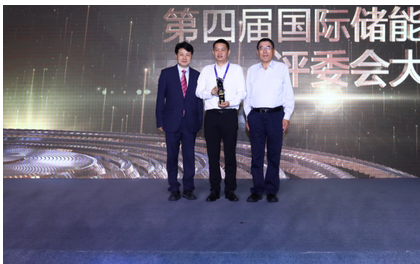
- 第五届国际储能创新大赛参赛项目火热征集中
-
 1个月前
1个月前 中关村储能产业技术联盟
中关村储能产业技术联盟 国际储能创新大赛
国际储能创新大赛
-
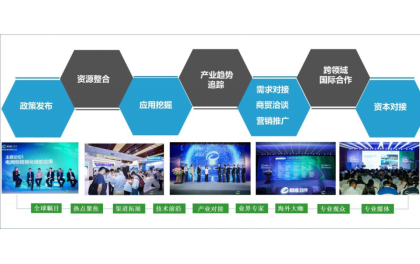
- 第十届储能国际峰会暨展览会2021(ESIE2021)定档明年4月
-
 1个月前
1个月前 索比光伏网
索比光伏网 储能国际峰会
储能国际峰会
-

- 2021第四届京津冀光储充品牌展
-
 1个月前
1个月前 欧乐光伏网
欧乐光伏网 光储充品牌展
光储充品牌展
-

-

-
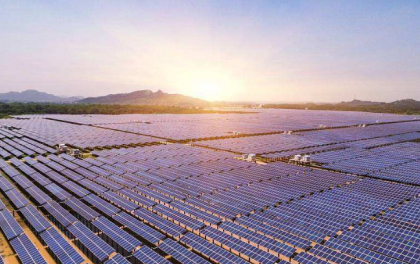
-

- 第十五届亚洲光伏创新与合作论坛在杭州召开
-
 3个月前
3个月前 索比光伏网
索比光伏网 亚洲光伏展
亚洲光伏展
-
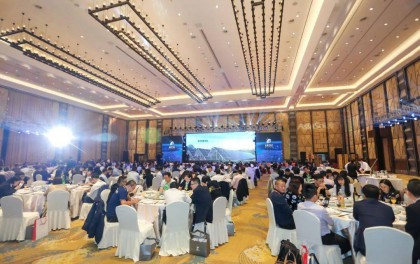
-
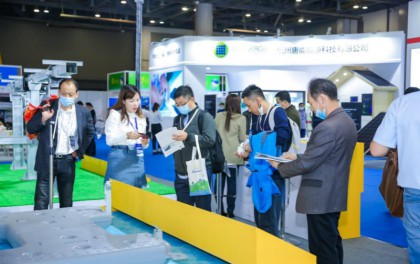
- 第十五届AsiaSolar亚洲光伏创新展会在杭州召开
-
 3个月前
3个月前 索比光伏网
索比光伏网 AsiaSolar亚洲光伏创新展会
AsiaSolar亚洲光伏创新展会
-

- 以法为“舵”:助推可再生能源发展
-
 1年前
1年前 《中国人大》杂志2020年第1期
《中国人大》杂志2020年第1期 可再生能源
可再生能源
-
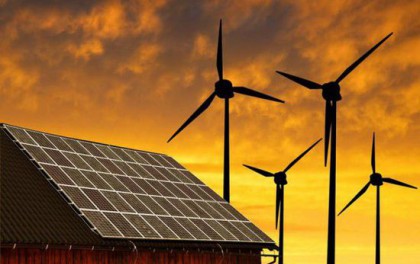
- 河南提前下达可再生能源发展专项资金,八企业获1842万元
-
 1年前
1年前 大河报网
大河报网 可再生能源发展
可再生能源发展
-
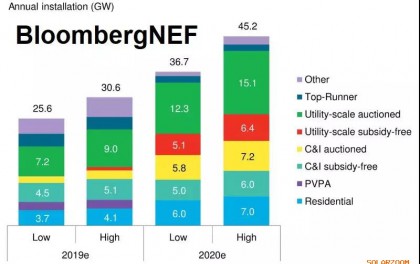
- 能源转型2020:不可预见的奇迹
-
 1年前
1年前 角马能源
角马能源 能源转型,能源物联网
能源转型,能源物联网
-

-
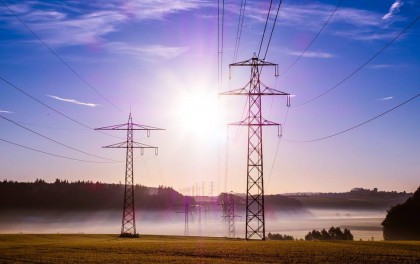
-

-
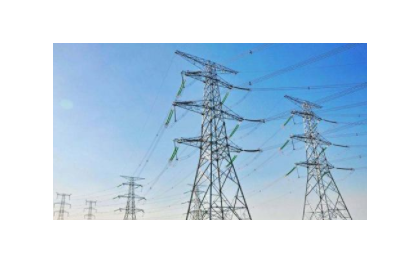
-

-

-

 推荐阅读
推荐阅读
 最新活动
最新活动- more
 新闻排行榜
新闻排行榜
- 日榜
- 周榜
- 月榜
-
1 110MW!中国能建葛洲坝与阳光电源签约缅甸三个光伏电站项目
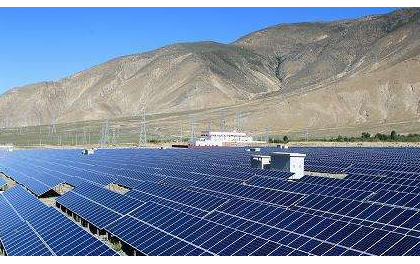
- 近日,中国能建葛洲坝国际公司与阳光电源股份公司签约缅甸三个光伏项目,分别是缅甸布达崆40MW光伏电站、缅甸昌古40MW光伏电站、缅甸敏建30MW光伏电站EPC现汇项目。这是公司继缅甸塔良、翁拓、东敦枝、拉帕拉四个共
-
2 特斯拉光伏系统让德州人免于遭受严寒,被雪覆盖仍能发电
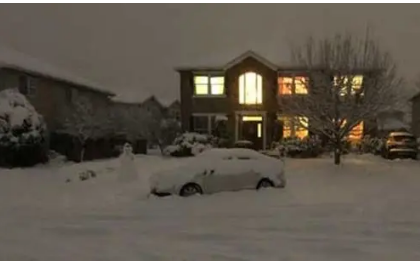
- 美国的德克萨斯州正在经历一个不寻常的寒冷季节,使数百万人没有了电力供应,并在不习惯的条件下遭受苦难。大多数人没有其他北部居民所拥有的典型取暖设备,因此这种情况对他们而言变得极为危险。同时,对于那些安装
-
3 碳中和,振兴新能源制造的奇迹业!
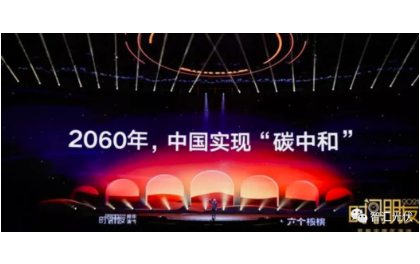
- 中国向世界宣布要在2060年实现碳中和。简单说,就是到2060年的时候,中国这片国土上,温室气体二氧化碳排放量大大下降,即使有排放,排出的部分,也会被 植树造林之类的手段消化掉。乍一看,这件事特别遥远。这条新
-
4 寿命30年,全球首个钙钛矿组件通过加严稳定性测试认证

- 2020年12月,德国柏林科技大学的SteveAlbrecht等研究者,报道了一个单片钙钛矿/硅串联太阳能电池,其认证的功率转换效率高达29.15%。这大幅高于目前主流的PERC技术。《光伏电池效率新纪录:PERC量产23.3%、钙钛矿实
-
5 山西、宁夏、青海、山东……2021年起这些省份要求光伏电站强配储能!
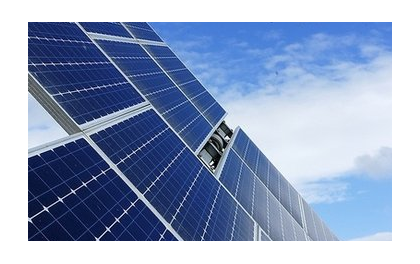
- 根据国家能源局数据,2020年风、光新增装机以120GW创历史新高。截至2020年底,我国风电、光伏并网装机分别达到2.8亿千瓦、2.5亿千瓦。且在国家3060碳减排的宏观背景下,新能源装机仍旧充满想象空间。然而,随着光伏
-
1 高瓴资本A股最新持仓全名单出炉,隆基、通威、宁德时代榜上有名!

- 近日,高瓴向美国证券交易委员会提交了2020年四季度末13F持仓报告。该季度,高瓴进行了较大力度的调仓。数据显示,截至2020年末,高瓴在美股市场持有95家公司的股票,总市值为125.8亿美元(近812亿元人民币),相较于
-
2 通威股份,当下光伏圈最靓的仔!
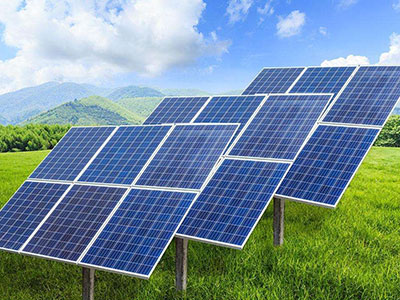
- 谁是当下光伏圈最靓的仔?2020年9月25日,通威股份官宣:将与隆基合资建设11.5万吨硅料产能。2020年11月17日,通威股份官宣:将与天合光能合资建设4万吨硅料、15GW硅片、15GW电池片产能。2021年2月9日,通威股份官宣
-
3 李俊峰:我们必须加入全球碳中和的大潮

- 图|发表于《环境与生活》杂志2021年1月号总第155期聚集栏目的原创文章李俊峰:我们必须加入全球碳中和的大潮专访国家应对气候变化战略研究和国际合作中心首任主任◎本刊记者 郑挺颖 实习生 许澜馨我国提出碳达峰、碳
-
4 中央、地方七“箭”连发,2021户用光伏或全面大爆发!

- 2020年12月,国家承诺到2030年光伏、风电累计装机量达到12亿千瓦以上,敲定了十四五、十五五光伏、风电产业的发展蓝图。勿庸质疑,未来10年都将是光伏、风电发展的黄金期。在中央、地方七大利好助阵下,户用光伏有望
-
5 林洋能源:陆永华已被解除留置措施,明日正常上班

- 监察机关已解除留置措施,陆永华先生将于2021年2月18日起正常上班,继续履行其担任的各项职务
-
1 协鑫新能源5亿美元债重组计划获重大进展
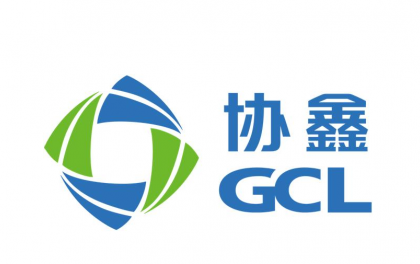
- 2月1日,保利协鑫与协鑫新能源联合发布公告,宣布继2020年12月23日提请的协鑫新能源5亿美元2021年到期、票息7.1%优先票据的重组计划取得重大进展:该票据的交换要约已终止,自然过渡到百慕大计划实行重组。截至本联
-
2 硅片涨价!中环210mm报价5.6元/片

- 2月4日,索比光伏网获悉,中环股份对单晶硅片报价略作上调
-
3 全球碳中和竞赛开启:30国竞逐新目标、31省市区发布绿色低碳规划

- 2020年,中国向联合国大会宣布二氧化碳排放力争于2030年前达到峰值,努力争取2060年前实现碳中和,2020年中央经济工作会议也将做好碳达峰、碳中和工作作为2021年八大重点任务之一。碳中和是什么?根据IPCC特别报告《全
-
4 63家光伏企业2020年业绩抢先看:50%预计净利翻倍

- 2020年的光伏资本市场带给了我们太多惊喜:隆基股份市值突破3000亿,通威股份、阳光电源市值双双突破1000亿。2021年隆基、通威开门红,市值先后突破4000亿、2000亿。这一年光伏企业风雨同舟,砥砺前行。据索比光伏网
-
5 六大央企2020年新增装机56GW+,“十四五”装机规划超400GW

- 3060碳目标、2030年风光装机1200GW在十四五开局之年,风电、光伏等新能源迎来了更大的发展前景,五大(国能投、国电投、华能、大唐、华电)四小(国投电力、三峡、中广核、华润)也把新能源作为十四五期间的开发重点。目



